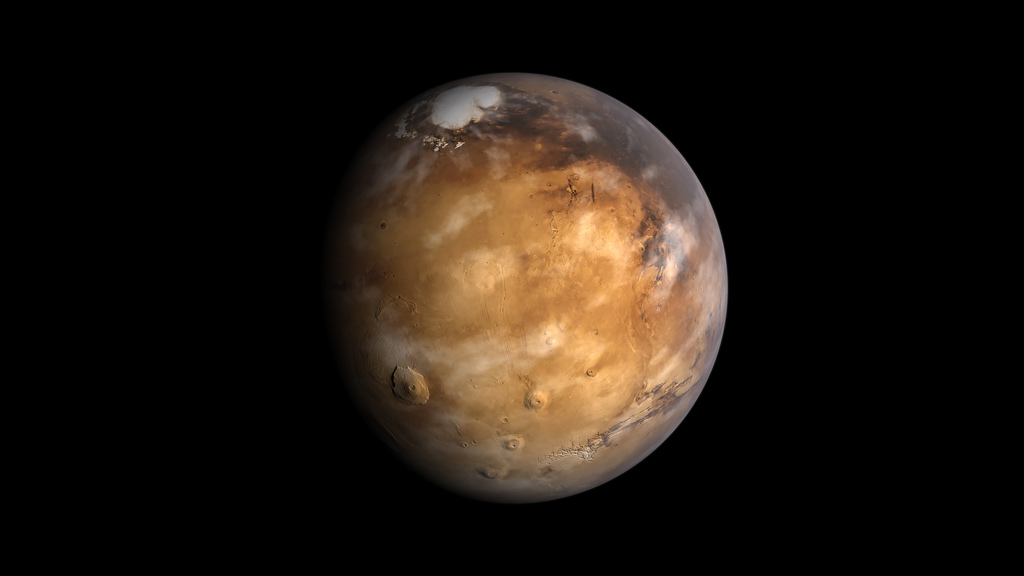OU News
News from The Open University
- Home
- We know there is water on Mars – what next?
We know there is water on Mars – what next?
Posted on • Science

The age old question of whether Mars has ever supported life is the focus of the latest research from scientists at The Open University (OU). With over half a million pounds of funding from the UK Space Agency, they will be exploring the chemistry of the martian environment to determine if life has ever existed, and if so, identify potential bio-signatures that could be used for evidence of such life.
The UK Space Agency Aurora programme, which supports planetary exploration science, has awarded a total of £652,000 to two academics at the OU to search for signs of habitability and life on our closest neighbour. The academics will use the latest data from current Mars missions to identify potential signatures for life and important elements, energy, and nutrients that would make Mars a habitable environment.
Detecting living organisms through gases
Senior Lecturer in Ecology, Dr Karen Olsson-Francis, is leading a team of researchers from the OU and the University of Essex studying biological volatile organic compounds (BVOCs) in the atmosphere, which could be used as evidence of life.
Dr Olsson-Francis is collaborating with Co-principal Investigator of the NOMAD (Nadir and Occultation for MArs Discovery) instrument, Dr Manish Patel, which is one of the instrumentation on-board the ExoMars Trace Gas Orbiter (TGO) currently orbiting Mars at present; she said:
“The grant is especially important for determining the origin of methane in the Martian atmosphere (e.g. is it produced by abiotic or biotic processes) and how these processes can be identifed using NOMAD data. This work is timely since the ExoMars TGO science phase is planned to begin in mid-2018.”
More about the research project is available on the Research website.
Is Mars really the ‘Red Planet’?
Lecturer in Earth Science, Dr Susanne Schwenzer, will analyse data from the Mars Science Laboratory mission to research environmental conditions on Mars. This will be in preparation for the ExoMars 2020 mission and develop our understanding of where energy and essential elements are, and their impact on the habitability of Mars.
Dr Schwenzer, said:
“I am looking forward to working on the intriguing question of why we see hematite – a form of ferric oxide that gives Mars its red colour – in some areas and not others. Understanding this will provide insights into the environmental conditions at the time of mineral formation, and from that we can understand its habitability.”
More about the research project is available on the Research website.